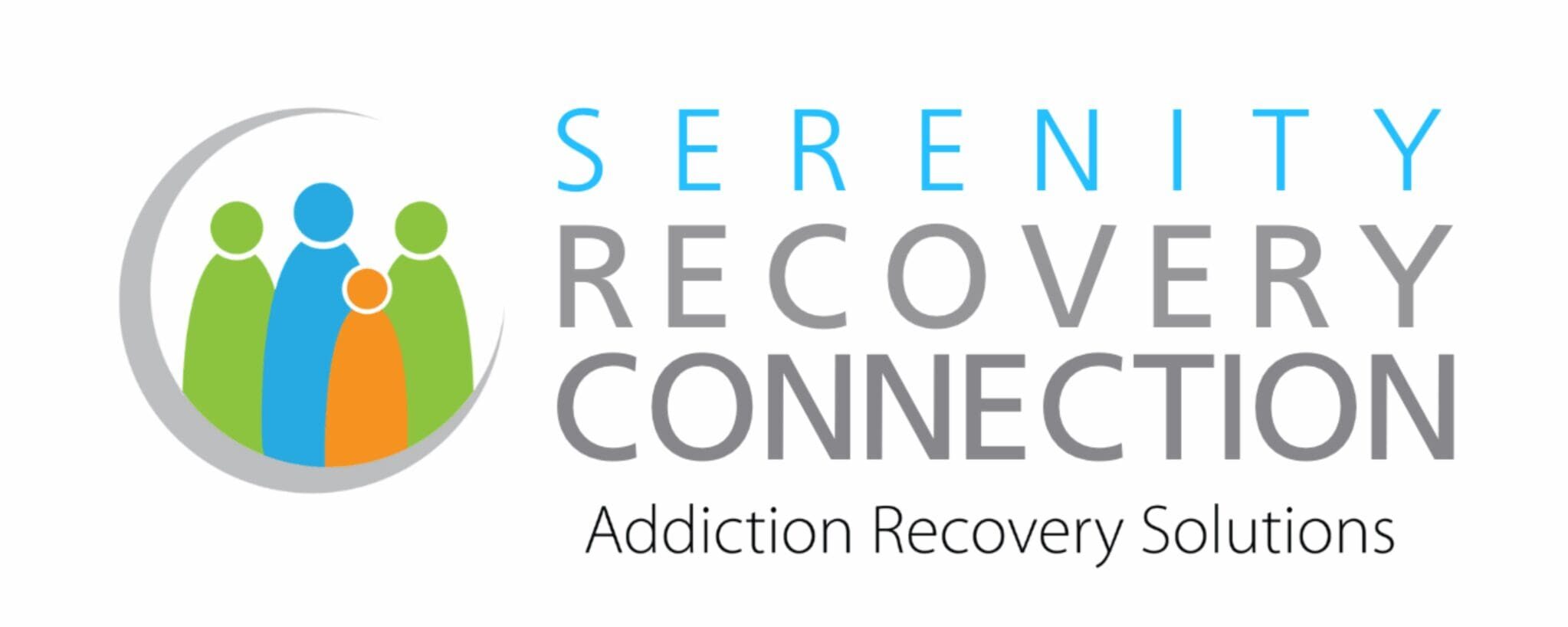Recovery Self Efficacy
Recovery Self Efficacy
By, Julia Brownfield, MPHE
Director of Programs Springs Recovery Connection
Self-efficacy after treatment has been shown to be an essential element in maintaining Recovery. Self-efficacy is defined as a person’s belief and confidence in achieving full Recovery (3). Self-efficacy influences the decision to reduce substance use and maintain the gains achieved during substance abuse disorder (SUD) treatment. In this regard, current studies seek to establish the optimal levels of self-efficacy required to maintain Recovery after treatment. Too much self-efficacy has shown to be a predictor in determining relapse after a one-year follow-up after a SUD (3). Self-efficacy above the optimal levels is considered denial, being projected as overconfidence. In this regard, clinicians and other assorted experts recommend that SUD treatment administered must consider patient characteristics that identify with self-efficacy to achieve either optimal levels or low/high levels of self-efficacy (3).
Achieving long-term Recovery is a complex process that individuals suffering from SUD must go through in their recovery journey. While contemporary scholars understand much about substance abuse disorders, little is known about treatment. Different treatment models recommended by experts have little or no impact on short-term and long-term Recovery. Treatment models and research studies focus on short-term treatment and treatment outcomes without giving much attention to the cycles of Recovery and relapse synonymous with SUD recovery processes. Research shows that even though SUD patients may show significant Recovery during and shortly after treatment, only a tiny portion of this population achieves full Recovery. Those who receive no SUD treatment show higher long-term recovery rates in some instances.
For instance, a recent study showed that only 26% of the participants self-reported that Alcoholic Anonymous (AA) meetings positively influenced their SUD recovery process (3). In this study, the most crucial aspect of Recovery is the escalating adverse implications for substance use (46%) and family support (30%) (Laudet, Savage & Mahmood, 2002). In addition to that, the 12-step model used in AA and Narcotics Anonymous (NA) is only helpful to the extent it offers social support. Without social support, it is apparent that the 12-Step model may have little or no impact on the recovery process (4).
There exist sufficient data indicating success rates of different treatment programs. For instance, one study shows that 33% of those who attend meth rehab were sober after 3 months and 14% after one year (1). The other successful meth treatment is the Matrix model, which achieved 60% sobriety after 6 months (1).
While different SUD treatment models show promising results, it is imperative to identify one fundamental weakness with most existing studies. Most research into the effectiveness of other SUD treatment models in application measures the short-term’s success rate. However, SUD is not a short-term illness, but a chronic one with almost similar relapse rate (40 – 60%) as hypertension (50-70%), diabetes 1 (30-50%), and asthma (50-70%). (1). Addiction is a lifelong disease that requires a lifetime approach in how it is both treated and assessed. Most tools measure the effectiveness of SUD treatment after a few months or one-year follow-up. In addition to that, assessment criteria may also include the reduction in substance consumption as a measure of treatment success, thereby inflating the effectiveness of a treatment model.
One of the most crucial aspects of Recovery involves social or peer support. Social support is the hallmark that defines Recovery through community mutual aid groups, the 12-step model most common in NA and AA meetings. The importance of peer and family support is considered one of the most crucial aspects of the SUD recovery process. Other critical factors that reduce the chances of relapse include involvement in employment. People who are employed tend to have higher recovery rates than those who are unemployed. In this regard, part of SUD treatment must involve some form of empowerment, training, and job opportunities for those in Recovery.
Further than that, studies show that any interaction with the criminal justice system reduces the chance of sobriety even after SUD treatment. Society is considered unforgiving and may administer lifelong punishments even after serving a jail term. People with criminal records have difficulties in getting employment, social security, housing, and medical care, among other stressors. In this regard, SUD treatment for people who have ever been incarcerated must encompass tools and opportunities that empower the recently released financially, socially, religiously, and mentally.
Another equally critical factor to maintaining sobriety is access to both mental healthcare and SUD treatment. Different studies reiterate the importance of integrating SUD treatment in primary care and its inclusion in ACA and Medicaid (5). This will help solve the issue of low uptake of treatment, especially with alcohol, where it is estimated that nearly 90% or 20 million American alcoholics never seek treatment (5).
SUD treatment can also increase its effectiveness by operating on the mental health treatment model. The mental health aspect of SUD treatment is considered the most critical technical area. It requires trained professionals, implying that both formal and informal SUD services, including treatment and peer support, must utilize the services of mental health experts. Failure to deal with or address mental health issues affecting persons with SUD will always result in loss and multiple relapses shortly after or during treatment.
Suicide attempts are a vital issue to check out for, not just after treatment but also during treatment. Existing data shows that 8% to 45% of people seeking SUD treatment report a case of suicide attempt in their lifetime. In addition to that, another 3% to 4% say a suicide attempt one month after treatment (2).
Certain risk factors predispose individuals to suicide attempts before treatment, and they include suicide ideation, sexual abuse, recent suicide attempts, physical abuse, the severity of SUD, and other mental health issues such as depression, anxiety, and psychotic symbols (2). However, little research on patient characteristics can predict suicide attempts during and after SUD treatment. However, one study showed that treatment of heroin addiction among 495 opiate participants did not reduce suicide attempts following a one-year follow-up after the SUD treatment (I2). This shows that SUD is a byproduct of a much larger problem, suicide attempt but with little or no causation link.
References
1-Carmona, M. (2020, November 17). Drug rehab: Success rates and statistics. The Recovery Village Drug and Alcohol. Rehab. https://www.therecoveryvillage.com/treatment-program/related/drug-rehab-success-rates/Â
2-Ilgen, M. A., Harris, A. H., Moos, R. H., & Tiet, Q. Q. (2007). Predictors of a suicide attempt one year after entry into substance use disorder treatment. Alcoholism: Clinical and Experimental Research, 31(4), 635-642.
3-Ilgen, M., McKellar, J., & Tiet, Q. (2005). Abstinence self-efficacy and abstinence 1 year after substance use disorder treatment. Journal of consulting and clinical psychology, 73(6), 1175.
4-Laudet, A. B., Savage, R., & Mahmood, D. (2002). Pathways to long-term recovery: A preliminary investigation. Journal of psychoactive drugs, 34(3), 305-311.
5-Urada, D., Teruya, C., Gelberg, L., & Rawson, R. (2014). Integration of substance use disorder services with primary care: health center surveys and qualitative interviews. Substance abuse treatment, prevention, and policy, 9(1), 1-9.

